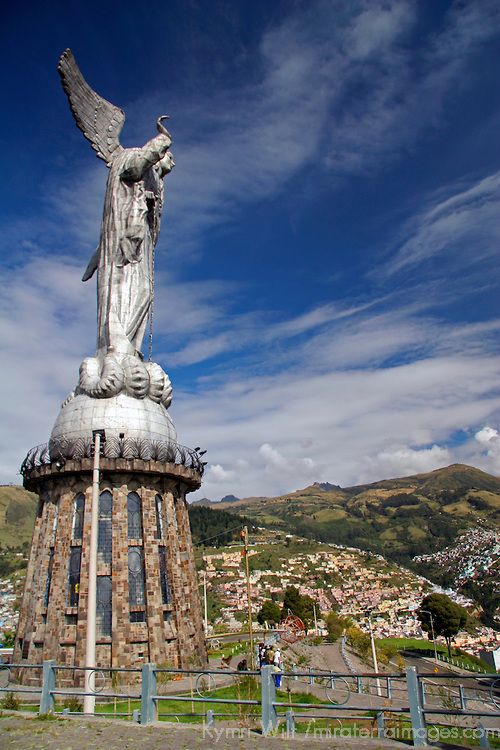- (020) 3504 0931
- info@skyhope.co.uk
- 128, City Road , London , EC1V2NX , United Kingdom







Its extraordinary biodiversity places Ecuador among the countries with the most biological diversity in the world: from the Amazon to the Andes, not to forget the Galápagos Islands, there are many differences within these geographical areas, or rather, that is an impressive number of ecosystems. In the Amazon region there are thousands of species of flora and fauna, many of which are specific only to this area. The Andes mountain create sharp microclimates. From the cloud forests to the tundra, there exists a variety of habitats in support of such microclimates. Unique species like the tortoise, giant, and marine iguana on the Galápagos Islands, a UNESCO World Heritage area, are among the famous attractions that led Charles Darwin toward the theory of evolution. Ecuador preserves these luscious ecosystems. For this purpose, several national parks and reserves have been established as a method of wildlife conservation and sustainable tourism. Moreover, numerous species of flora are found here, such as orchids and medicinal plants.

The artistic expression of Ecuador is a colorful mix of the indigenous and colonial heritage through modern expressions. History and diversity form the core elements that influence the cultural epitome of Ecuador. Ecuador hosts a large number of indigenous groups, such as the Quechua and Shuar, and offers a rich cultural legacy in languages, craftwork, and the rituals of its people. Conventional celebrations such as the Inti Raymi include colorful costumes, lively music, and different kinds of dances in honor of the sun god of the Incas. The Carnival of Guaranda emphasizes the liveliness of the region, which is usually manifested by vibrant parades. Ecuadorian colonial history is strongly reflected through its architecture, particularly in a city like Quito, known for preserving all its traditions well enough to have its historic center declared a UNESCO World Heritage site. It is especially for the skillful crafts of artisan communities, particularly for their textiles, pottery and jewelry, in which typically, traditional themes and time-honored techniques are displayed. Other such indicators are culinary traditions, where ceviche and locro de papa are a replication of combined ingredients of indigenous people and Spanish influences. Overall, the cultural inheritance of Ecuador is evidence of the numbers of peoples and histories it embodies, thus becoming the vibrant and colorful tapestry of cultures.

Ecuador is a country rich in a wonderful mixture of indigenous traditions, colonial influences, and modern expressions, just like the real riches of that country. The country boasts a number of indigenous groups – Quechua and Shuar, among others – with a deep-rooted cultural legacy reflected in the languages, crafts, and rituals. Traditional festivals like Inti Raymi celebrate the Incan sun god, with colorful costumes, music, and dancing, and the regionally celebrated Carnival of Guaranda celebration really puts into highlight the joyous spirit of the region by parading parades and vibrant celebrations. Ecuador’s colonial history is also mirrored in its architecture in particular in cities like Quito whose well preserved historical centers are regarded as UNESCO World Heritage sites. But no doubt, one of the most renowned cultures all over the world is Ecuador’s artisan crafts, textiles, pottery, and jewelry, often filled with traditional motifs and techniques transmitted. Traditional cuisine also adds to the country’s rich tapestry of cultures, as in ceviche and locro de papa, a true meld of ingredients and styles, indigenous culture and Spanish influence. In general, Ecuador’s cultural heritage celebrates diversity and diverse peoples and histories.



©2024 skyhope.co.uk.